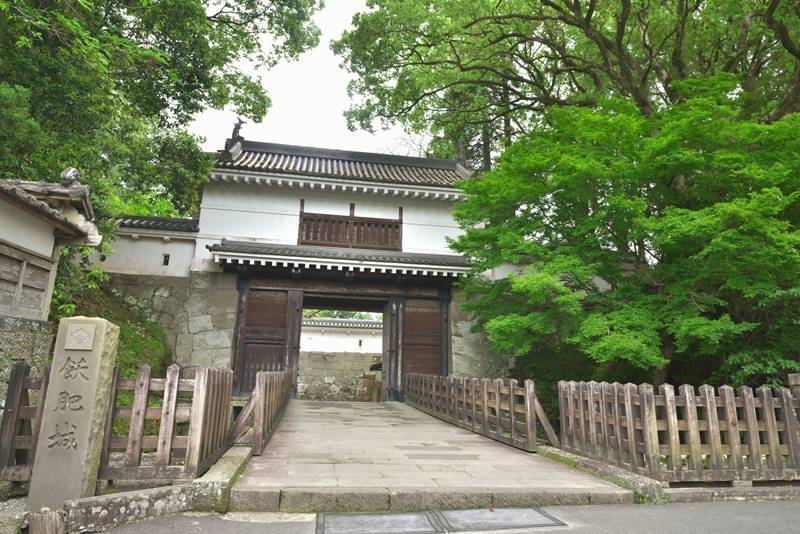This is all about Obi Castle Ruins you want to know.
Every information you get on this site will be from a credible source based on Japanese history (books for reference).
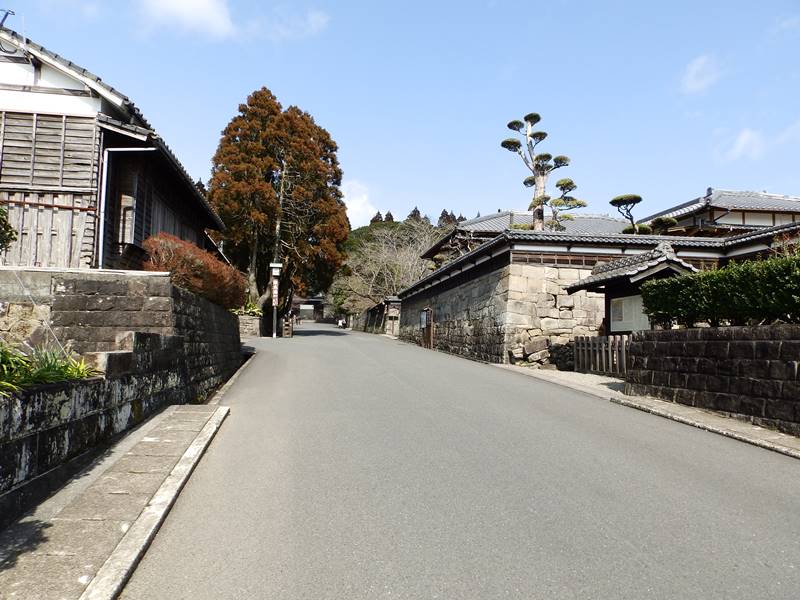
Obi was a castle town of Itō clan who flourished for 280 years from 1588 to the early Meiji era. Symbolize samurai residences, which have been selected as important traditional buildings preservation districts in 1977, and have a charming stone wall and beautiful fresco fence remain, you can enjoy the atmosphere of the Edo period. In addition, there are merchant houses with old liquor barrels at the storefront, with wall lanterns on the grid, and umbrellas, and the clear stream of small river "Horiwari" flowing through the town. Mainly on the Otemon Gate, which was restored in 1978, Shintokudo (Clan School) and the Obi Castle History Museum, which displays valuable culturai heritages describing the history of the Itō family is cool.
Profile : Obi Castle Ruins
| Location | Nichinan City, Miyazaki Prefecture |
| Also known as | Maiduru Castle |
| Type of castle | Hilltop |
| Mountain's name | ー |
| Elevation | ー |
| Condition | Ruins No main keep |
| Designation | Nichinan City Historic Sites |
| Year built | first of Sengoku period |
| Abolished | 1871 |
| Castle lord | Tsuchimochi Clan |
| Refurbishment lord | Itō Suketake |
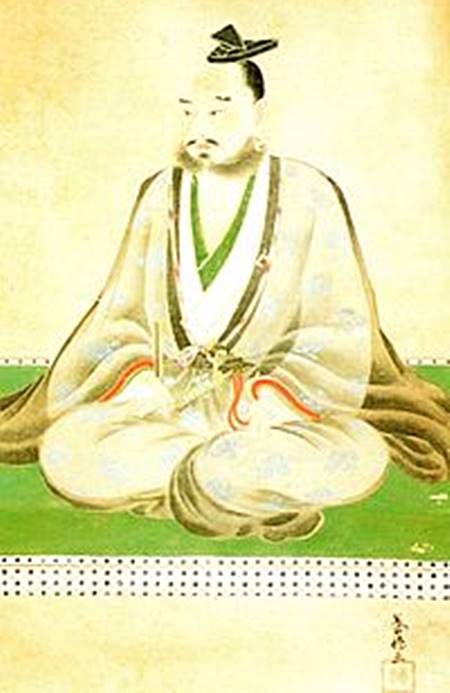
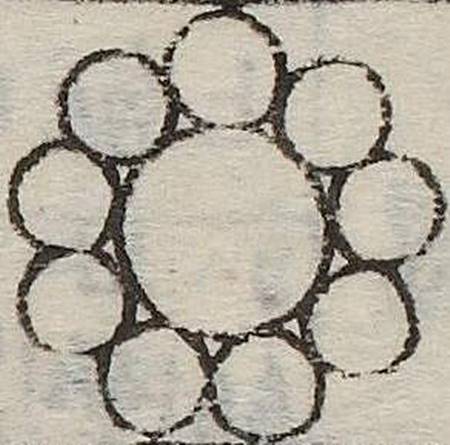
adapted from "Classical Japanese National Data Set" (Kokubunken Collection)
The family crest was originally created from the pattern that the emperor and the royal family put on the kimono, and the pattern was made into a fixed pattern, and the one attached to his own oxcart is said to be the beginning of the family crest. The warlords drew large crests on the flag-fingers, used to distinguish enemy views on the battlefield, and used by the generals to determine which warlords were active and how much.
Obi Castle admission
admission fee : free (Note : the History Museum etc is charged) am9:30-pm4:30
closing period : December 29-31 reference official site (japanese)
Obi Castle Google Map
Obi Castle Images
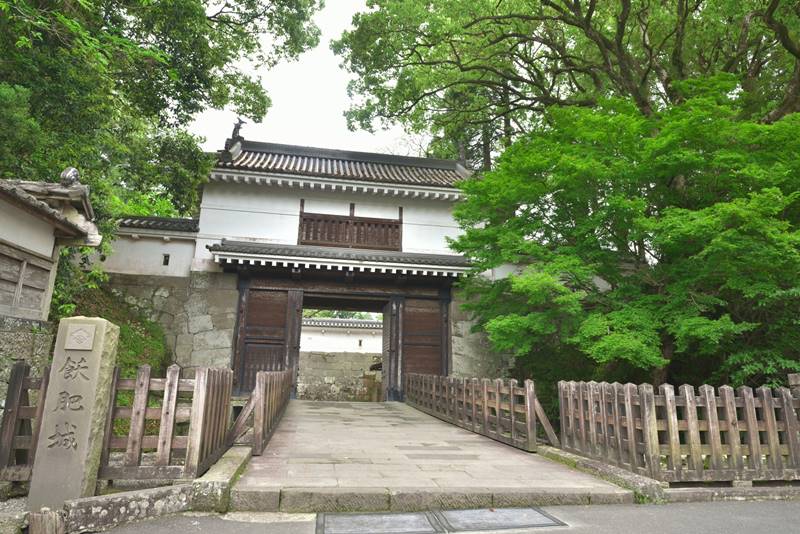
The Ōtemon Gate
Using local specialty "Obi Cedar" more than 100 years old, height 12.3m, restored in 1978.
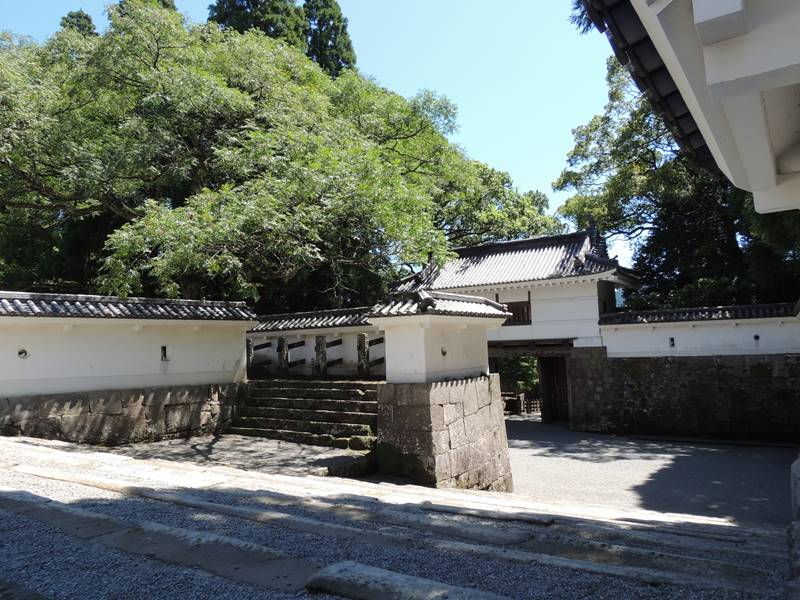
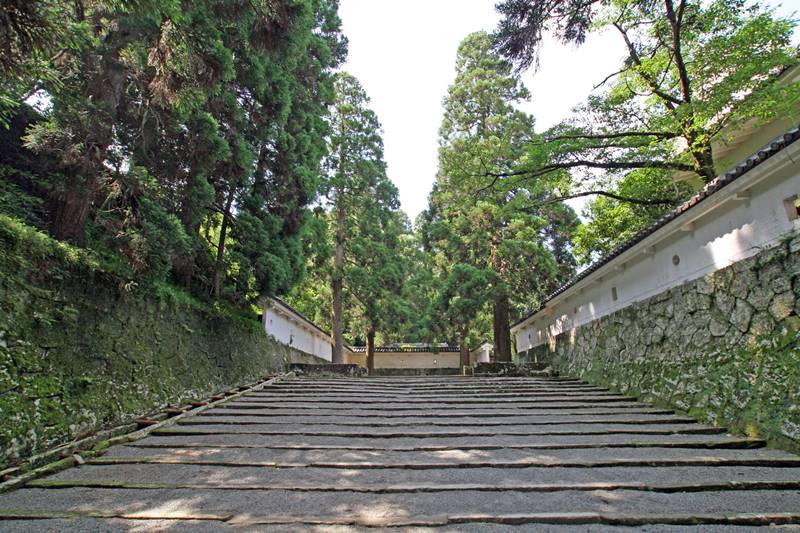
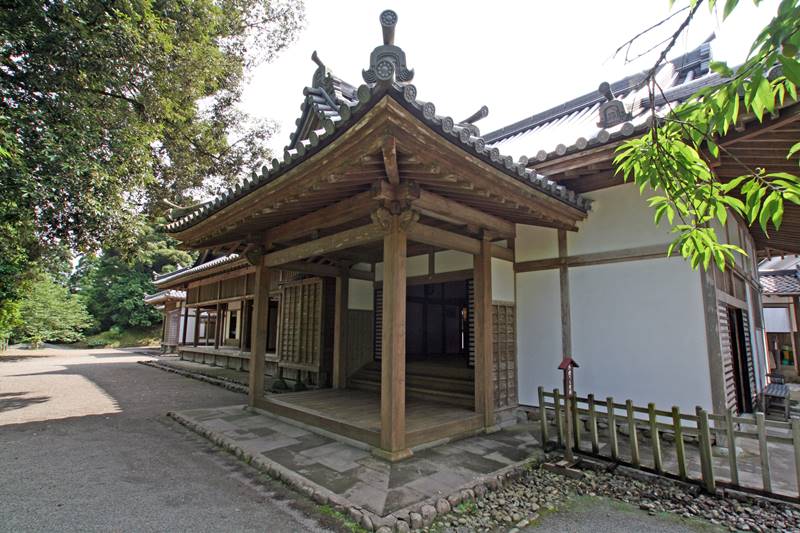
Reconstructed as a Shoin-style palace built in the Edo period.
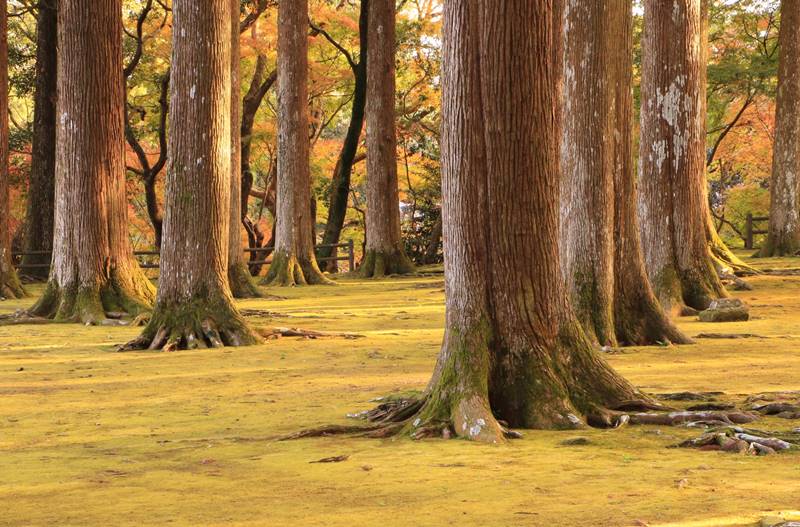
In the early Edo period, the Obi clan was in a severe financial situation as well as another clan nations. For this reason, they focused on abundant local wood resources as products that help secure financial resources, and shipped large trees such as pine and camphor to various parts of Japan. Because of its high resin content, it has low water absorption, lightweight and high strength.
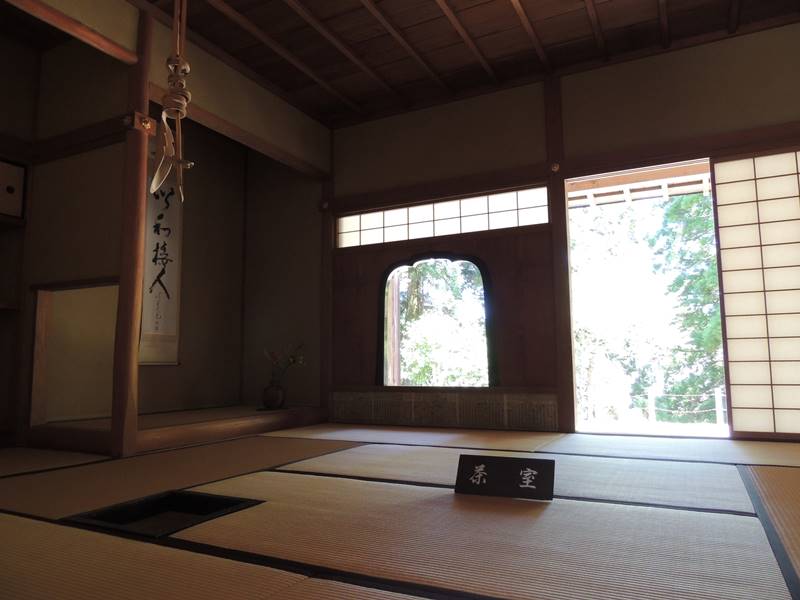
Link : Amazing Castle Town
【north japan】Kanazawa Castle 【east japan】Kawagoe Castle 【west japan】Tsuwano Castle 【west japan】Matsue Castle 【west japan】Hagi Castle 【south japan】Obi Castle
